Who is Thomas Gläser
Thomas works as a Product Strategy Lead at Onlyfy by Xing and is operating at the intersection of design, business and technology. Previously for well-known companies like BMW, Mozilla, Arduino and local startups. He is particulary passionate about aligning individual development, team structure and relationships with other groups in the organization to drive the growth of our business. He is happy to claim strong empathy skills, creativity and entrepreneurial drive.
Whose Canvas Is It, Really?
In the vast world of artistry and innovation, questions of ownership and propriety often find themselves at the forefront. The image that comes to my mind, a metaphor, if you will, is that of an overreaching ‘M’ daring to etch a mock-up amidst the astonished gazes of children. This audacious ‘M’ is trespassing, crossing an invisible yet significant boundary. It’s an interloper on the children’s playground, a trespasser on their turf. Here, the image resonates with a profound query - who truly owns the design?
Thomas Gläser, a respected voice in the design world, poses a disarmingly simple yet profound question, “What is design?” He finds solace in the definition by Oxford Languages, “a plan of the look, the functioning, and the working of a digital object.” This definition is an elegant roadmap to the creation of our digital product, long before it manifests into existence.
In order to actualize this plan, Gläser stands firmly on a belief, a cornerstone concept that was first articulated by Joseph Boys, the renowned German artist. Boys declared, “Every human being is an artist,” a radical idea that erased boundaries and extended the invitation to the creative table to everyone. Design, in this light, is no longer the sole preserve of those formally educated in the arts. It becomes a universal language that can be spoken, transformed, and reshaped by anyone.
For Gläser, this inclusive approach is a testament to the power of diversity. The design sphere teems with controversies and debates regarding diversity and creativity, yet there’s a common understanding that diverse groups, with members drawing from distinct knowledge backgrounds, are often the cradle of original ideas. These ideas are not mere repetitions of what’s been done before. Instead, they are innovative and fresh, exuding a distinct fragrance of novelty and creativity.
However, Gläser identifies a persistent obstacle in this idyllic landscape of universal design participation. There’s a prevalent notion, a sort of fixed thinking that design is a closed club, only open to those who have studied it, those who have the ‘expert’ label stamped on their foreheads. This mindset is pervasive, seeping into various setups from enterprise consulting to small startups. It’s the stubborn belief that design is an exclusive domain, a party you can only join if you’ve been formally trained. A belief that Gläser, and many like him, challenge and reject as they push for a more inclusive, diverse, and innovative design landscape.
Unleashing Your Creative Confidence
The meme that spurred this discourse isn’t merely an image; it is a mirror reflecting our insecurities about creativity and ownership. I have, for a decade, served as a product and UX coach, where I have had the privilege to guide a wide spectrum of individuals — product managers, developers, marketing managers, designers. What is startling, yet universally true, is that many of these individuals, talented and accomplished in their respective domains, are grappling with a deep-seated creative insecurity, a wound often inflicted in their formative years.
Often, these individuals recall their art teachers, their peers mocking their crude sketches, belittling their fledgling attempts at creativity. These seemingly innocuous incidents are, in fact, powerful enough to stifle their creative confidence, barricading their ability to visualize and express their ideas.
Thomas Gläser, a staunch advocate for creativity, believes creative confidence is about having faith in your ability to effect change in your surroundings. It is the conviction that you are equipped with enough knowledge and skills to participate, to contribute. Contrary to the common belief that creativity is a rare gift bestowed upon a lucky few, Gläser argues that it is an innate characteristic of human thinking and behavior. However, the issue lies in how frequently creativity is blocked, often from a young age, leading to what Gläser describes as a “creativity to experience” gap.
This gap is an interesting phenomenon where the more experiences you accumulate with age, the fewer unique and creative ideas you tend to produce. Gläser dismisses the common scapegoat of this decline in creativity — the education system. Instead, he proposes that it is not just schools but society at large, including the inevitable accumulation of fixed views and beliefs with age, that constricts our creative thinking.
As we grow older, we trade the boundless curiosity and creative exploration of our childhood for a more structured understanding of the world. Our days of drawing, painting, singing, and dancing without inhibition, without the looming dread of failure, are swapped for a more reserved existence. The fear of failure and the hesitancy to take risks are the shackles that bind our creative spirit.
To rejuvenate this spirit, Gläser recommends letting go of comparison, stepping out of the shadows of others’ accomplishments, and instead, focusing on our unique journey. He emphasizes the need to create a safe space for creativity, an environment where ideas can bloom without judgment. This is the fundamental principle behind every creative session, to embrace the childlike freedom to experiment, to make mistakes, and to learn from them.
The product manager who dares to bring a mock-up to the table is, in Gläser’s perspective, not committing a blunder but initiating a creative dialogue. A mock-up, even if it is a simple sketch, serves as a tangible manifestation of an idea, a seed for discussion. This openness to express should not be limited to product managers or designers, but extended to every member of the team, from tech leads to developers.
However, this inclusive approach to design is often met with skepticism and territorial defense. Gläser encounters questions challenging the need for a design team if everyone is invited to contribute, or comments underscoring the qualifications and expertise of the design professionals. While acknowledging the time and effort invested in acquiring design expertise, Gläser reiterates his belief, echoing Boys, that everyone is an artist, everyone has the potential to contribute to the creative process.
He poses two critical questions for consideration. Who communicates ideas to reach common ground? And, who is actually responsible for the design? Visualization, he believes, is a powerful tool for communication, a way to give form and substance to abstract
Creative Collaboration: The Power of Diverse Perspectives
In the realm of creative ideation, research has often painted a paradoxical picture. It suggests that diverse groups, while rich in unique insights, grapple with the challenge of singling out the most inventive concepts. The process is akin to navigating a labyrinth of creativity, seeking that one idea that stands out.
When a project is in its nascent, diverging stage, it thrives on the nourishment of abundant input. The creation of choices demands the involvement of a multitude of minds. Product Managers, business professionals, product marketers, customer service representatives, analysts, designers, data scientists – all are welcome to this grand feast of ideas. Every perspective, every insight, every sketch, even the roughest of mock-ups, are cherished, for they fuel the creative journey.
Thomas Gläser, reflecting on this process, highlights the pivot from divergence to convergence. It’s the point where choices are distilled into a singular decision. He draws a picture of a Product Manager and a designer huddled together, strategizing the set-up for the initial experiment. As the domain narrows, expertise takes the helm. Designers, in particular, are instrumental in guiding these choices, advocating for a design-driven approach.
Yet, Gläser raises an intriguing point. Over the years, he has heard countless calls for a more product-driven or design-driven organization. He contests this notion, arguing that no single driver can steer the ship of innovation. Relying solely on one aspect is like trying to fly a plane with a single wing. Team collaboration, he asserts, is the heart of true success.
Yet, in the throes of this collaborative effort, a peculiar perception often emerges. The belief that one’s contribution is the most substantial, the most strenuous. The illusion that one is the unsung hero of the team. Studies show that about 70% of workers believe they are more motivated than their colleagues. A paradox that couldn’t possibly be true. This skewed perception, Gläser believes, stems from a psychological phenomenon known as the Drama Triangle.
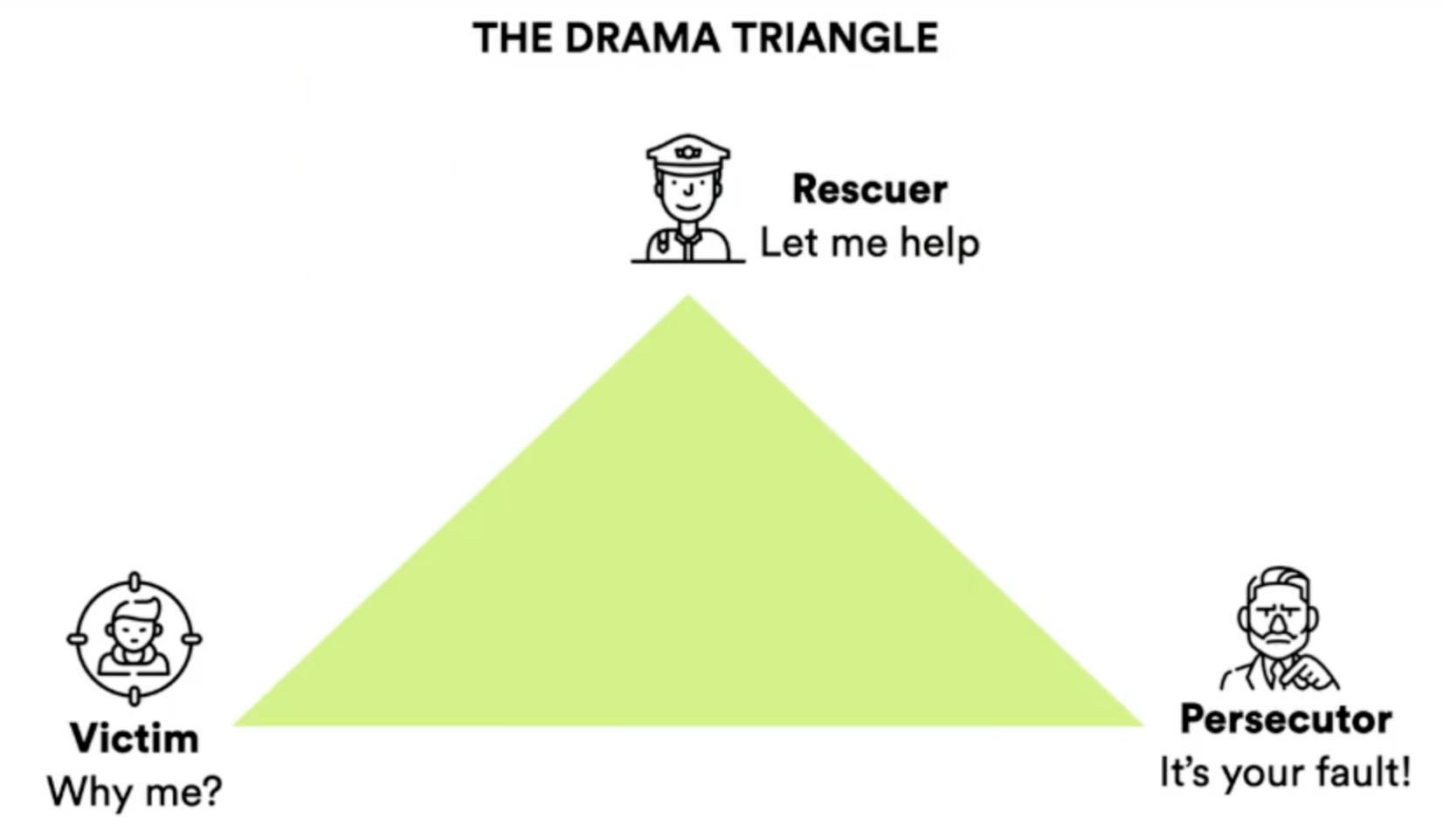
In the Drama Triangle, there exist three personas – the victim, the persecutor, and the rescuer. It’s a dance of perceived roles, a narrative we often construct in our minds. For instance, one might feel like the beleaguered designer, the victim, hindered by the persecutors, and hoping for a rescuer. Interestingly, Gläser suggests that in any conflict, all three roles are enacted. The perceived victim might have, at some point, been the persecutor or the rescuer.

This model serves as a mirror, a tool to recognize when we slip into these roles during conflicts. When we find ourselves playing the victim, the challenge is to transform into the creator. To switch from a mindset consumed by problems to one that seeks solutions.
In essence, the journey of creative collaboration is a dance of diverse perspectives, a symphony of ideas, and a drama of roles. A journey that challenges us to acknowledge our biases, embrace diverse perspectives, and strive for a harmonious blend of expertise.
The Dance of Roles: Navigating Through the Drama Triangle
Picture this: you’re ensnared in a complex issue, and the question arises, how do we navigate towards a solution? Thomas Gläser offers an intriguing perspective through the lens of the Drama Triangle.
The rescuer, often considered the benevolent figure in this triad, derives their energy from aiding others. However, there lies the paradox. The more others rely on the rescuer, the more potent their power grows, leading to unbalanced dependencies — a predicament best avoided in product development. The challenge then is to transition from the rescuer to the role of a coach. How can we enable individuals to embrace their own responsibility, to become architects of their solutions?
The persecutor, often viewed as the antagonist, can transform into a challenger. Instead of perceiving them as a source of blame or unnecessary pressure, consider the possibility that they are pushing you towards your limits. They question, they provoke, they incite — not with malevolence, but with the intention of challenging you to surpass your boundaries. Moments of difficulty, moments that test our resilience, are the crucibles within which we grow. The ‘bad guys’ may just be the catalysts that shape us into better versions of ourselves.
Gläser then navigates us towards the realm of product development, where the classic trio — product, design, and tech — often grapples with gaps in roles and responsibilities. These gaps, these territories marked with invisible borders, breed costs and coordination overheads. The design space, the product space, the tech space — each with clearly delineated responsibilities, yet operating in silos. Unchecked, these gaps can seep into the product, manifesting as inconsistencies, reflecting the lack of fluidity in coordination. Echoing Conway’s Law, our product is a mirror of our organization.
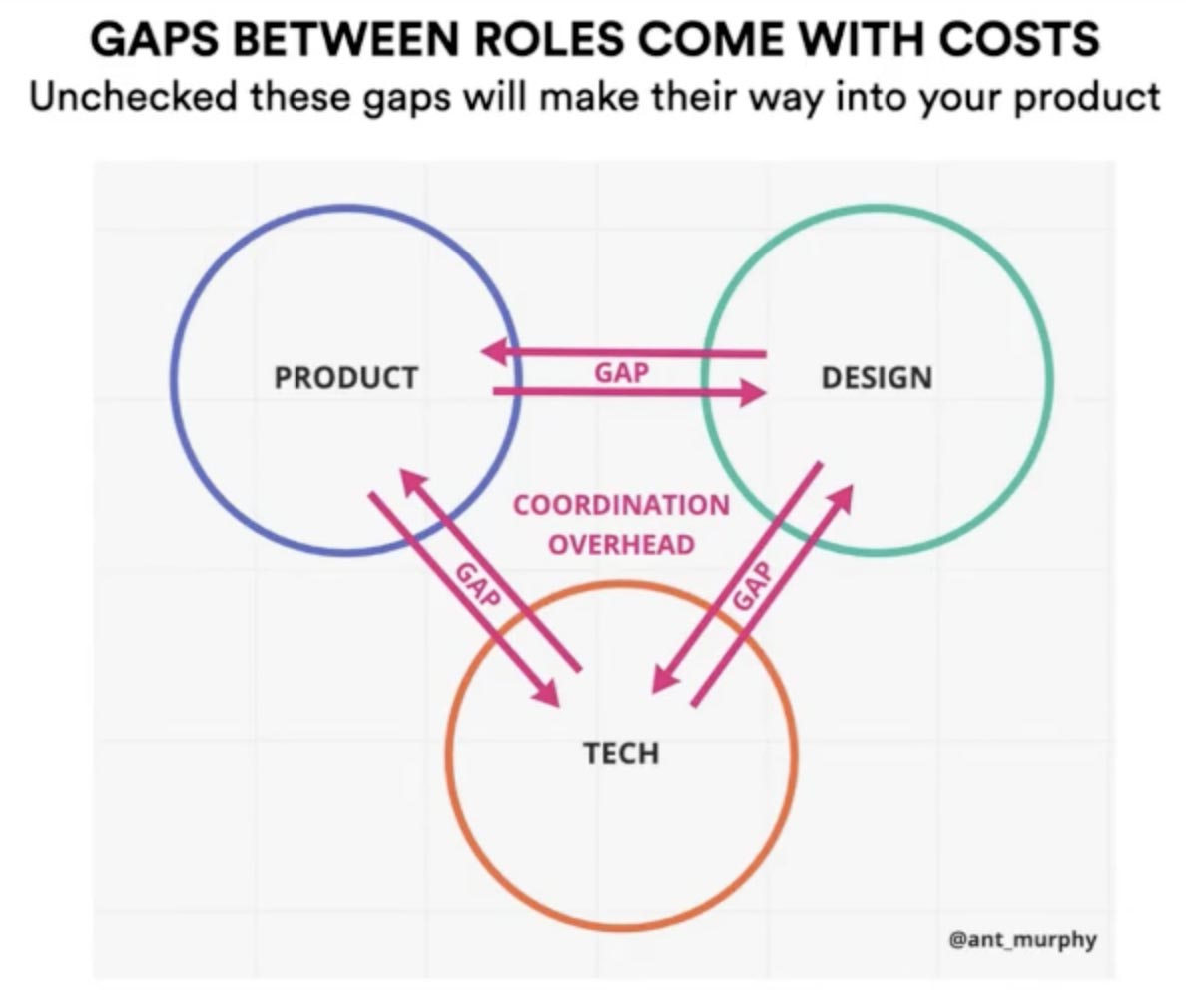
High performing product teams, as Anthony Murphy highlights in his Medium article, operate with a fluidity that transcends the rigidity of a Venn diagram. Of course, each individual brings their unique expertise to the table. However, the magic unfolds when these skills intermingle, creating a fluid tapestry of ideas and solutions.
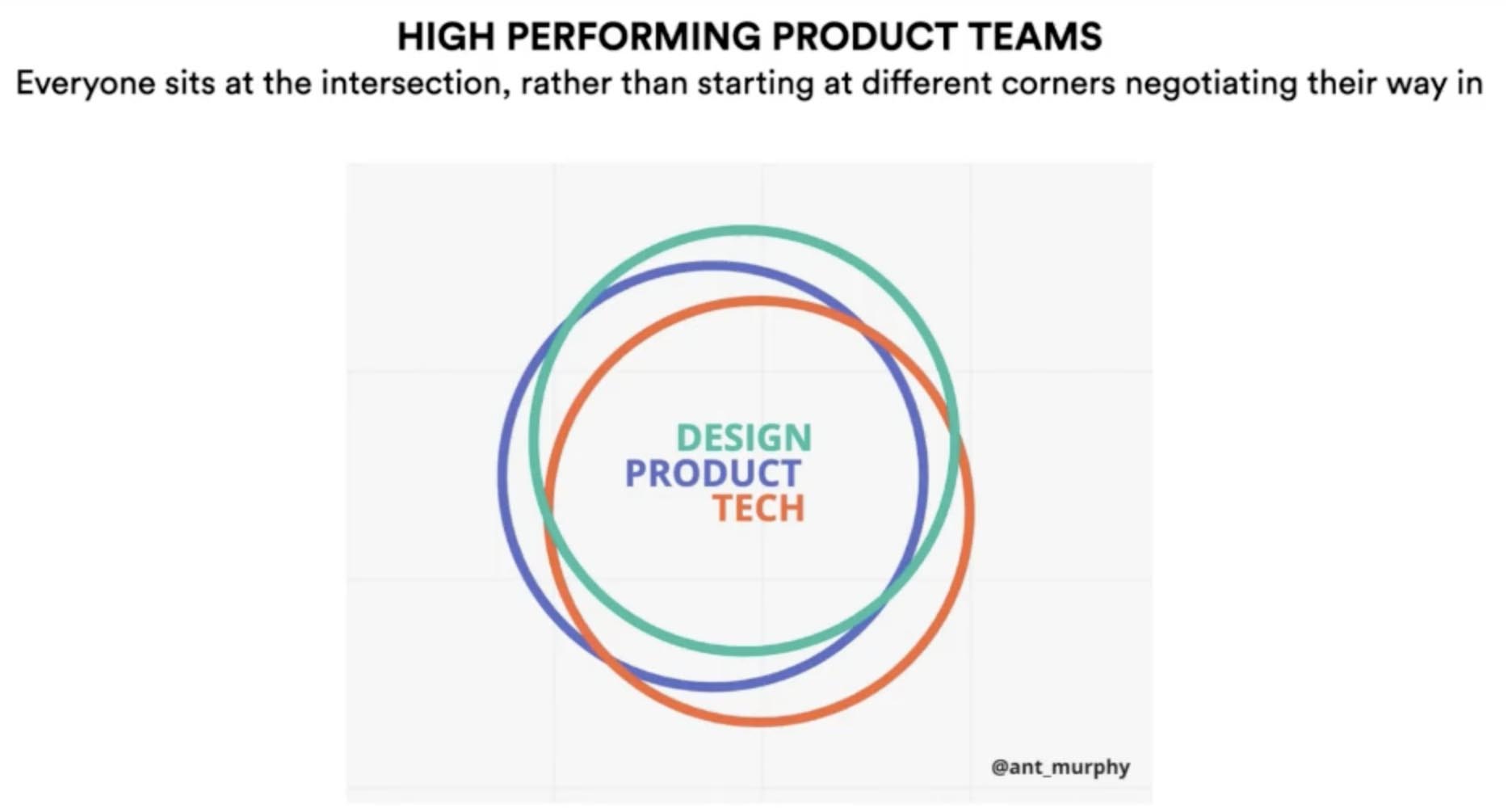
In response to the debate on whether we should be design-driven, tech-driven, or product-driven, Gläser borrows wisdom from Cameron Moll. We are not led by design, development, or product. Instead, we are informed by them. Informed by user experiences, feasibility, business strategies, and roadmaps. Our compass should be our vision, guided by our customers — their requests, their pain points, their needs. If we can grasp the true purpose, the real problem we are striving to solve, then we can truly begin our work.
Gläser concludes by emphasizing the importance of defining how we work, which often outweighs what we are working on. Drawing inspiration from the world of basketball, he highlights the German basketball team’s surprising success under coach Gordon Herbert. Herbert, with his background in sports psychology, introduced transparent roles, recognizing each player’s strengths and weaknesses, and assigning responsibilities accordingly. It was this fundamental shift in approach that led the team to unexpected heights.
So, whether it’s within the drama triangle or in the world of product development, understanding and embracing our roles can not only enhance our personal growth but also foster harmonious collaboration and innovative solutions.
Roals and Responsibilities: A workshop exercise for team alignment
Within the vast expanse of Miroverse, I have crafted a Miro template that encapsulates the essence of roles and responsibilities. Named ‘Roles and Responsibilities’, it is an engaging card game, conceived to facilitate team dialogue on the distribution of duties. Comprising thirty-six cards featuring various responsibilities, the game fosters a collaborative exploration of roles within the team. The resulting image that emerges is unique for every team, a vivid portrayal of clarified responsibilities.
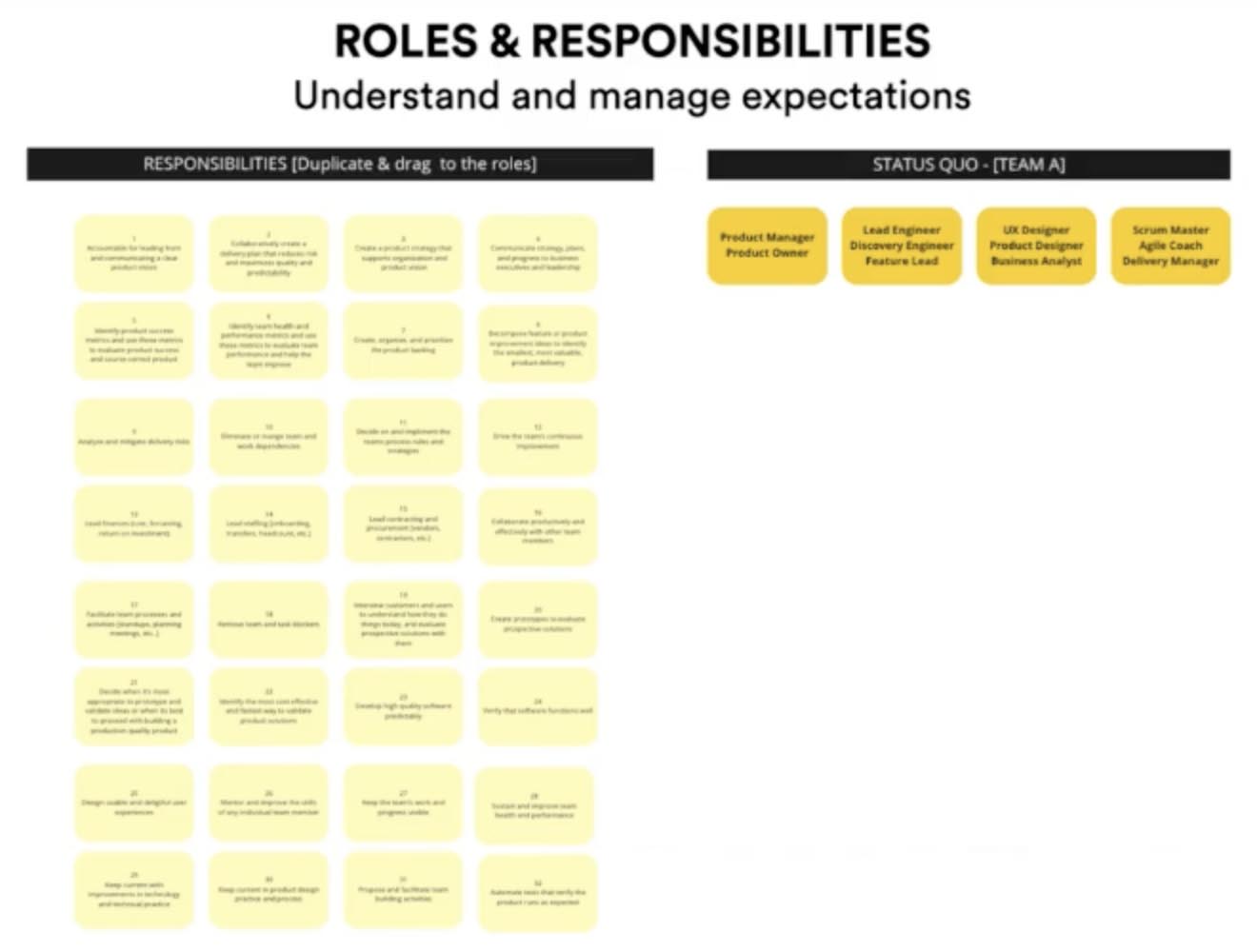
Thomas Gläser introduces another tool, the Belbin Roles and their corresponding toolbox, designed to map the strengths and weaknesses of your team. Are you a specialist or a finisher? Do you lean more towards teamwork, or are you more of a networker? This process allows for the identification of up to three characteristics per team member, providing a holistic understanding of the team’s collective strengths and weaknesses.
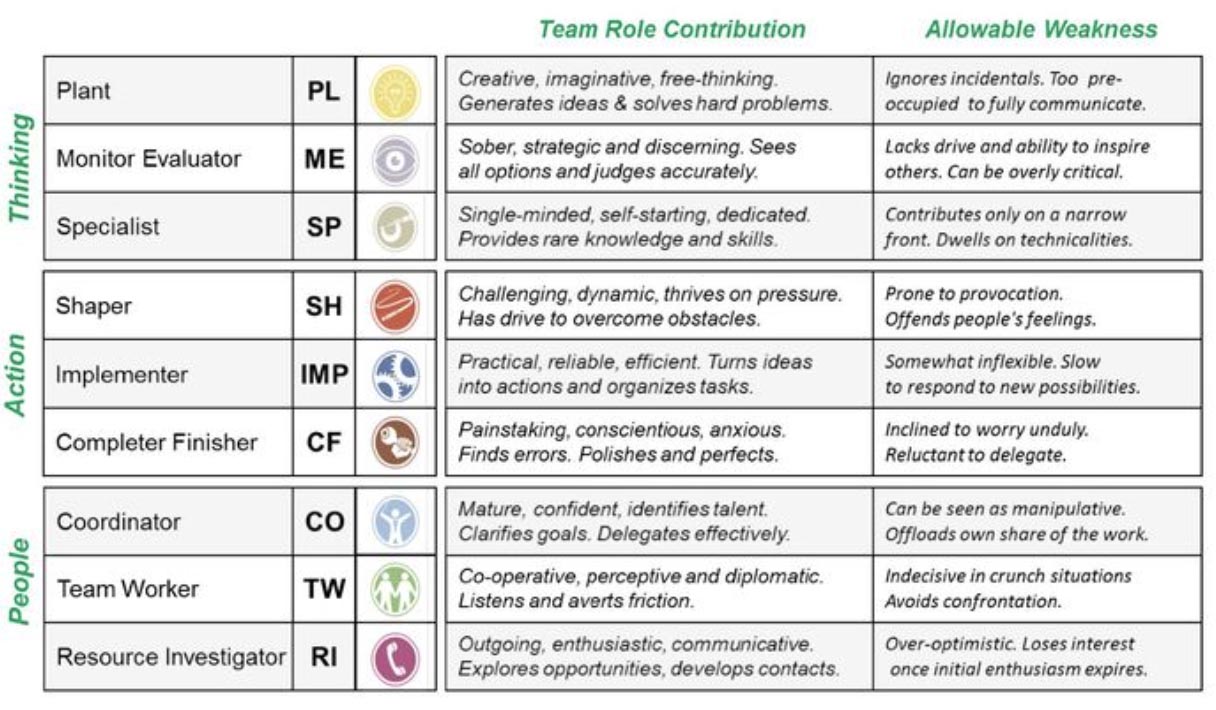
This insightful exploration reveals gaps in the team dynamics. For instance, if your team lacks an implementer, methodologies and frameworks like roadmaps and project plans can be employed to bridge this deficiency.
Then, Gläser guides us towards the Team Alignment Map, a straightforward four-step process designed to foster team unity. The process entails agreeing on joint objectives, commitments, resources, and potential risks. It’s a shared journey towards a common goal.

Reflecting on the journey from a product manager’s perspective, Gläser emphasizes the importance of agreement within the team regarding roles and responsibilities. The ‘mock-up’ scenario is perfectly acceptable as long as everyone is clear about their duties. If any issues arise, engage in a dialogue.
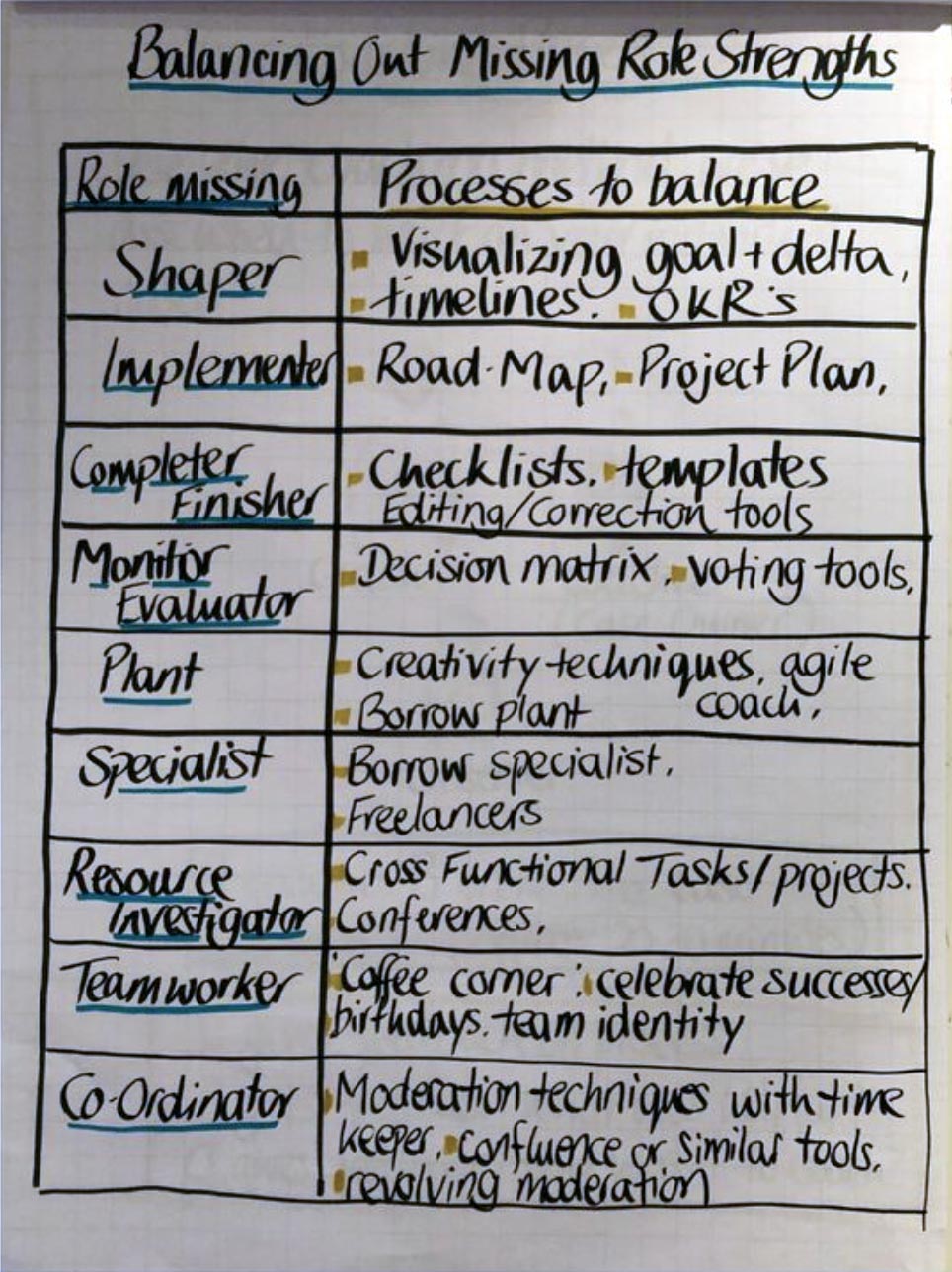
Gläser urges us not to lose focus amidst the debates on whether the process should be more design-driven or why certain roles might feel overlooked within the organization. Instead, rally your team, contemplate your objectives and commitments, and strive towards finding a common ground.
Who owns the product?
And so, we find ourselves at the precipice of a tantalizing question, one that could spark a lively debate. Who owns the product?
Find mentors who can help you with Team collaboration
- Team Alignment Map by Stefano Mastrogiacomo
- Roles and Responsibilities exercise for product teams by Thomas Gláser
- Belbin Roles & Toolbox by Belbin
